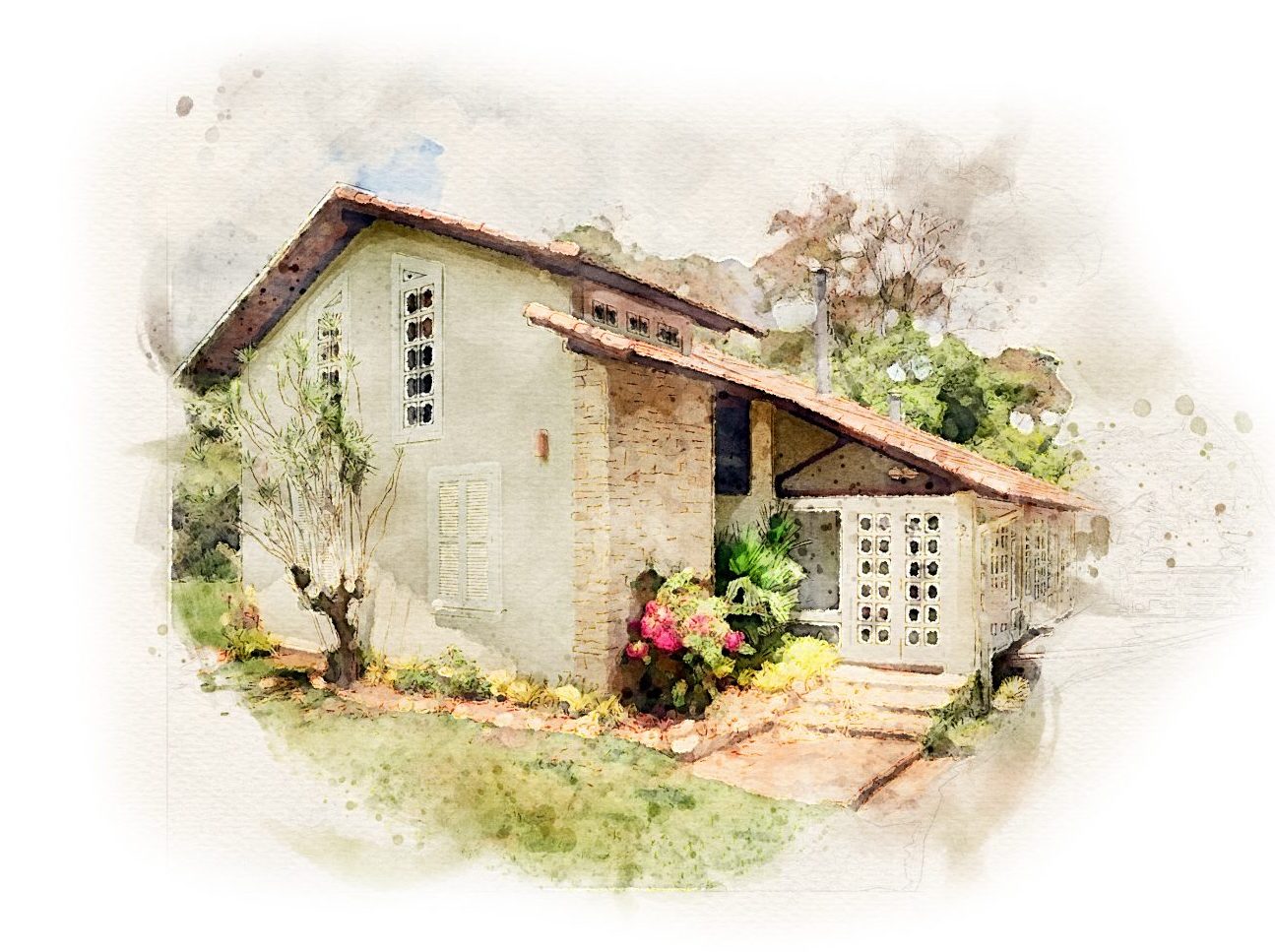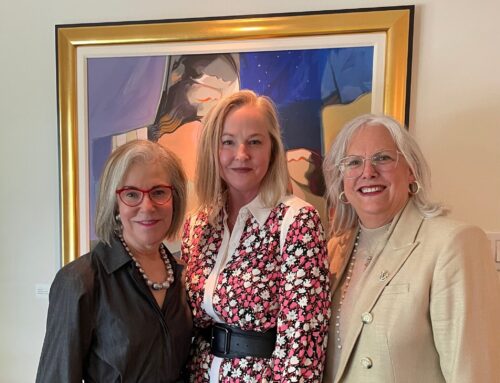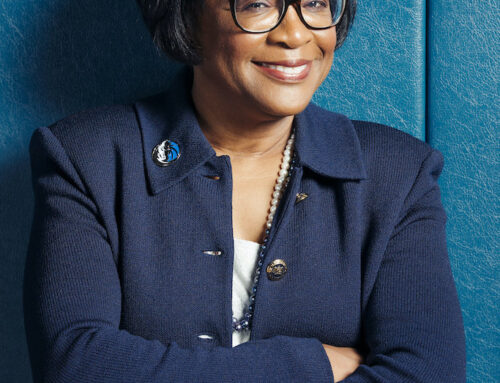
Shot of a beautiful house in middle of nature
Most Dallas residents say they support allowing backyard cottages, duplexes and triplexes in residential neighborhoods as a way to help increase the housing stock in our city.
That’s true for most of the country, but in Dallas, 80% of renters and homeowners agreed (as do 26 other major metro areas) that allowing modest densification in residential neighborhoods would make housing more affordable and positively impact their communities, according to a survey by Zillow.
That puts us in the top five most-accepting-of-accessory-dwelling-unit cities.
Allowing ADUs, duplexes and triplexes is often referred to as “modest densification,” creating small to medium housing types that fall between single-family homes and large multifamily apartment buildings. Research has shown that targeted modest densification measures, such as allowing for two units of housing on a fraction of single-family lots in large U.S. metros, could add 3.3 million homes to the nation’s housing stock, helping boost critically needed housing supply in the years to come.
The new research found that 77% of all homeowners and renters surveyed nationwide voiced support for construction of either new ADUs, duplexes or triplexes in residential neighborhoods.
Support among Dallas renters was even higher, with 93% of renters supporting at least one modest densification measure in neighborhoods to help increase housing supply.
Research has shown that modest densification through the addition of accessory dwelling units could yield millions of new homes nationally, helping slow runaway price growth and improving access to public transit.
“We are facing a housing crisis that’s touched most communities across the country, pushing housing affordability to the center of the conversation for many,” says Manny Garcia, a population scientist at Zillow. “One of the most effective ways out of this crisis is to build more homes. Modest densification measures, like adding a small apartment in a backyard or converting existing homes into duplexes, could create millions of new homes.”
Zillow’s survey asked homeowners and renters how to best address affordability issues during a red-hot real estate market defined by limited housing inventory, rising interest rates, a steady increase in home prices and climbing rents across the country. These factors are compounded by a lost decade of new home construction that caused a shortfall of 1.35 million new homes in 35 metro areas alone. This latest survey, along with previous research, shows a growing consensus among homeowners and renters that more housing should be created in their own neighborhoods to address affordability.
“This survey shows that residents of more than 20 major U.S. metros — including homeowners — understand that building more homes in our neighborhoods is a credible and viable policy tool to increase housing supply and address affordability, while leaving a positive impact on their community in the long term,” Garcia says.
See how Dallas stacks up against the other cities surveyed as well as what different generations feel are the pros and cons, here.






